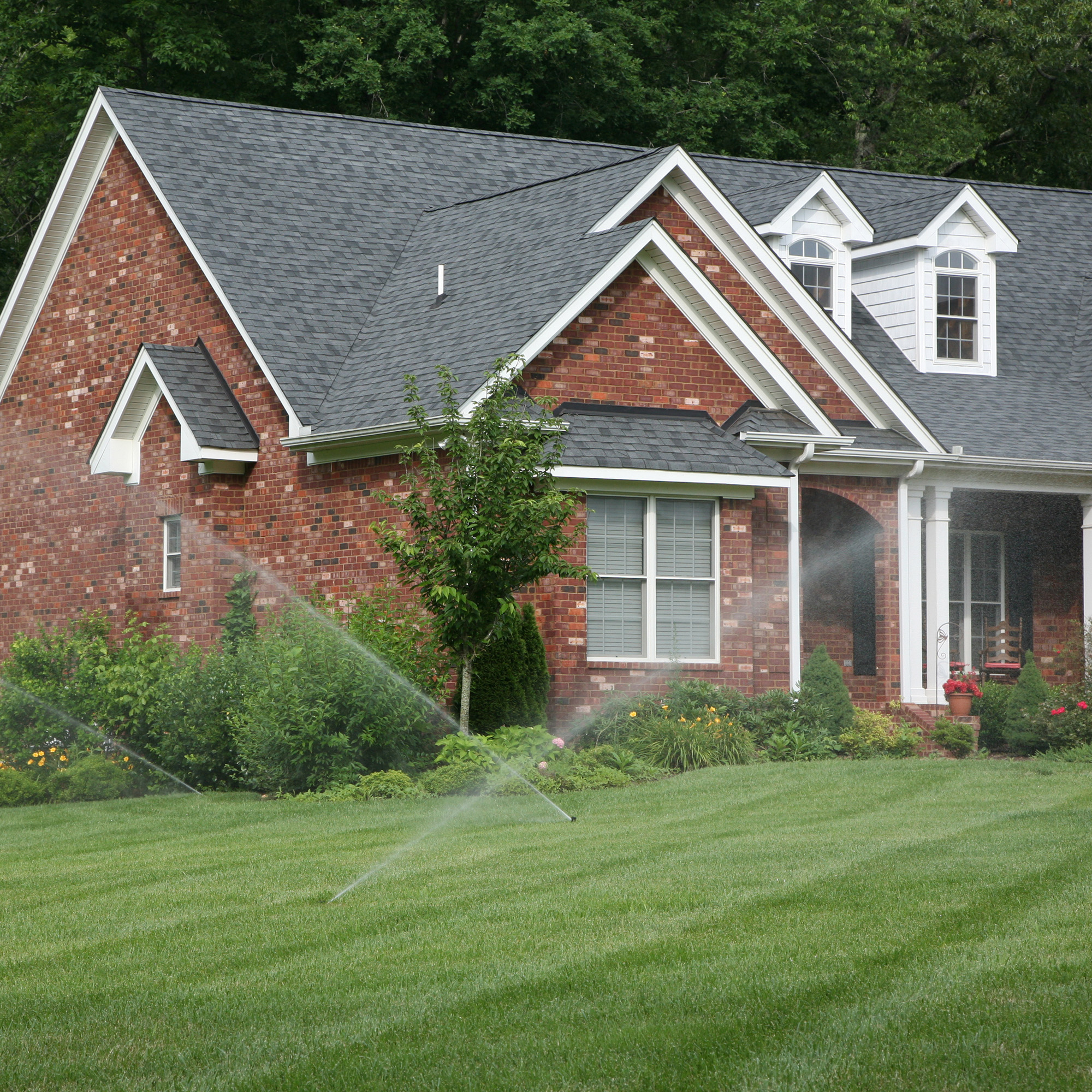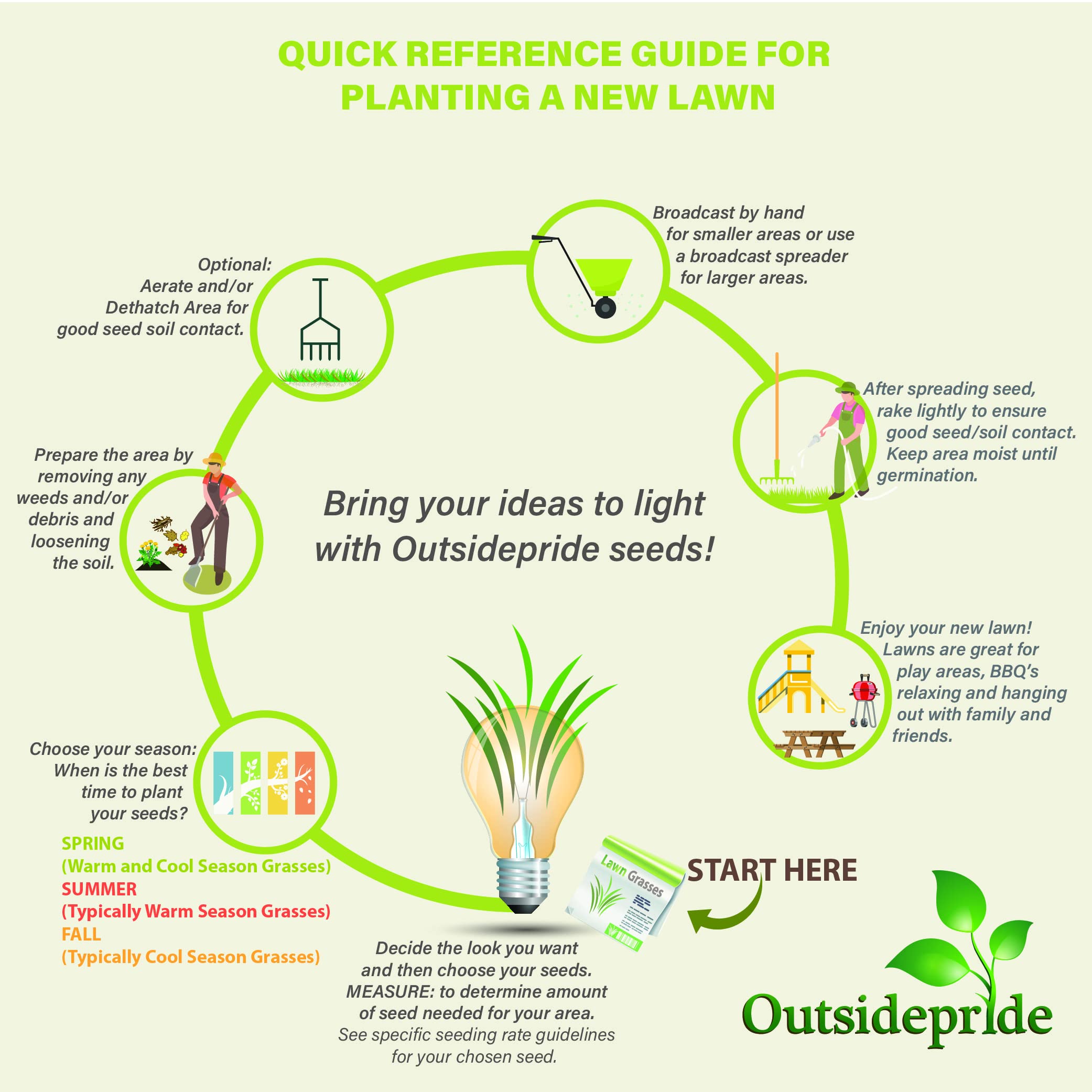Garland Grass Seed Mix


Garland sun and shade grass mixture is a combination of 70% perennial ryegrass seed combined with 30% drought and shade tolerant fine fescue. This grass seed mixture is proven to recover quickly from high stress of either heat or drought. The varieties chosen were specifically selected for the northern half of the United States (USDA Zones 4 - 7). Your ryegrass fescue blend will consist of 2 of the rye grass seeds below and one of the fine fescues below. The fine fescue gives the added tolerance for high traffic and still has the beauty of the fine leaf texture and a dark green color and excellent mowing qualities.
Garland grass seed is designed for lawns, parks, playgrounds, athletic fields, golf courses, rough areas and fairways. The perennial rye grass aids in quick turf development. This mixture also gives you high disease resistance and insect resistance. This is a high quality, fine leaf mixture insuring the professional turf manager and homeowner the appearance and durability they need and desire in sun and shade combination area.
TeeLee Perennial Ryegrass
A brand new perennial ryegrass released from Bailey Seed Company, TeeLee is showing outstanding growth characteristics, disease resistance, stress tolerance, and recuperative characteristics in eastern coastal states and the surrounding area. TeeLee ranked very high in the lastest NTEP trials for multiple categories.
Fireball Perennial Ryegrass
Fireball is a new variety that is performing well in a wide variety of climates. It is considered to be an elite perennial ryegrass and used for sports fields as well as home lawns. It forms an extensive root system to give it durability and wear tolerance. Fireball is a permanent lawn in the cooler climates and a great choice for over-seeding warm season grasses in the southern states to provide a year round green.
Private Perennial Ryegrass
Private is a new generation, heat and disease tolerant, decumbent, very dark green, photoperiod sensitive, endophyte enhanced (>90%) perennial ryegrass variety. Private can be utilized in all perennial ryegrass applications but will be promoted in the transitional climates where heat and disease have been limiting factors to permanent perennial ryegrass turf utilization. Private forms a leafy fine textured turf with rapid seedling germination, excellent traffic tolerance and poly-specie compatibility. Plant growth of perennial ryegrass is dominated by aggressive basal tillering in contrast to vegetative stolons (above ground) and rhizomes (below ground).
PNW Perennial Ryegrass
PNW is an elite perennial ryegrass featuring a dark green turf color, a fine leaf texture and excellent fall density. This variety should stand up well against wear, making it a top choice for sports fields and other high traffic areas. PNW has demonstrated strong resistance to disease and is a stand-out for high-end sports turf and home lawns.
Boreal Creeping Red Fescue
Boreal is a tried and true member of the cool season Creeping Red Fescue grass family. Boreal has the ability to "creep" or spread through underground shoots which help repair damaged areas and fill in thin stands of lawn. It is a beautiful shade of green and will maintain its color without extra fertilizer.
An advantage to Boreal is that it is cold tolerant and mixes well with most other cool season grasses. It is highly recommended for use in mixtures for medium fine sports turf, heavy duty sports turf, and low maintenance situations.
Endophyte Enhanced Insect Resistance
Garland contains very high levels of viable endophyte that are maintained through proper storage of breeder, foundation, and certified seed. Garland turf grass mixture is resistant to a number of important turf insects including: billbugs, sod webworms, chinch bugs, armyworms, aphids, leaf hoppers, and possibly nematodes.
Seeding Rate & Planting Time
- New turf: Sow 6 - 8 pounds of sun & shade grass seed mixture per 1,000 square feet or 240 - 320 lbs/acre for broadcast seeding
- Over-seeding: Sow 3 - 4 pounds of grass seed for sun and shade per 1,000 square feet or 120 - 160 lbs/acre for broadcast over-seeding
- Plant Garland grass seed mixture when soil temperature reaches 55 degrees in spring up until a minimum of 8 weeks before frost in fall



























